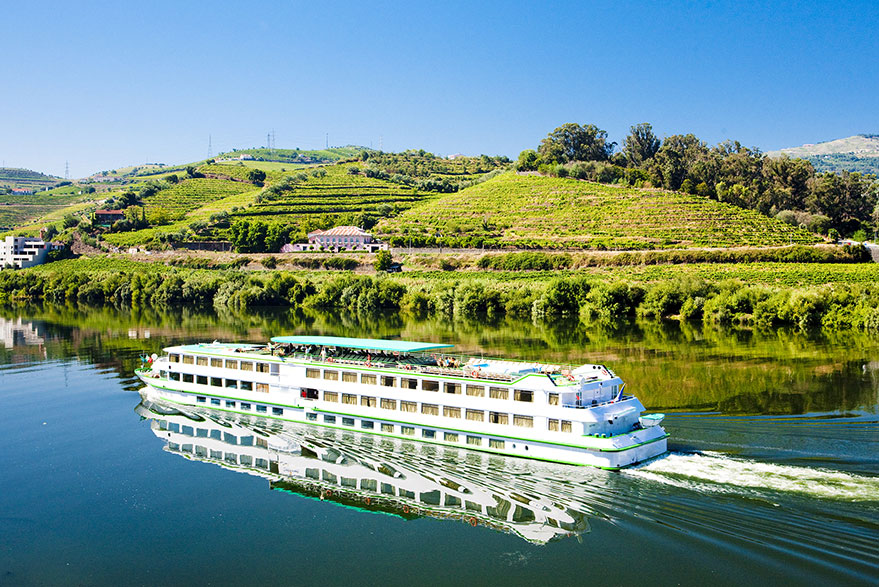
Taking a cruise is one of the best ways to travel and still get a solid value for your vacation.
In fact, cruise travel has outpaced general leisure travel by 22 percent in the U.S., according to the Cruise Lines International Association. While ocean cruising – think cruises to the Caribbean, Bermuda, Alaska and the Mediterranean – remains popular, river cruising is continuing to grow in popularity as well, with 18 new river cruise ships set to debut this year.
“In my experience, both river and ocean sailing cruise options are a lot of fun and make for a very enjoyable vacation,” said Lee Boughan, Apopka based Cruise Planners franchise owner. “However, each cruise style offers a very different vacation experience, so it’s best to work with a travel advisor to find the best match for your cruise.”
Below are a few things to consider before booking your next cruise:
Features: River cruise ships are small and intimate, giving travelers a relaxed environment to socialize after a day exploring on land. Large ocean cruise ships have a wide variety of activities and attributes to fit the needs of any traveler – from a sky diving simulator for the adrenaline seeker to wine tasting rooms.
Vacation Experience: Both river and ocean cruises can be relaxing, exhilarating, and all-around enjoyable, depending on what you are looking for. River cruises usually involve a daily walking itinerary and more intimate visits with locals. Ocean cruises involve a more diversified experience with multiple bars, buffets, specialty restaurants, and Broadway-style production shows.
Size of Vessel: River cruise ships rarely carry more than 150 to 300 passengers, as they are smaller in order to navigate the locks, bridges, and passageways of the rivers. Many river cruise cabins feature large windows or French balconies, allowing you to sit in the comfort of your room while enjoying the passing scenery. Ocean cruise ships on the other hand can carry 750 to 5,000 passengers, so cabin accommodations can vary from solo cabins, to balcony cabins, to large connecting suites for groups.
Itinerary: River cruise itineraries are limited to areas with major river access. Once docked, guests are able to walk right off a river cruise and into the heart of town. Ocean cruises can sail to countries all over the world, though their ports of call vary depending on what size ships the docks can accommodate. In port, cruisers may have access to a bigger variety of shore excursions, including everything from snorkeling to city tours to helicopter rides over volcanoes and glaciers. For river cruises, each day means a new city, while ocean cruise itineraries may include less stops but cover more distance.
Accessibility: Accessibility standards vary in foreign countries and many river cruises abroad lack elevators. Wheelchair-bound travelers may want to consider a stateside cruise – both river and ocean going vessels and ports in the U.S. are accommodating for accessibility.
Culinary Experiences: Each cruise line offers their own unique dining experience. On board ships, you’ll find buffets, specialty restaurants, and bars, as well as menus crafted by local chefs or wine and food pairings themed to the region you’re traveling in. A smaller number of passengers means culinary experiences onboard can be authentically customized based on the goods purchased each day at local markets. Regardless of your ship, there’s sure to be delicious food on board!
Ready to book your next cruise? Contact Cruise Planners travel advisor Lee Boughan at 407-814-8283.
Advertisement



